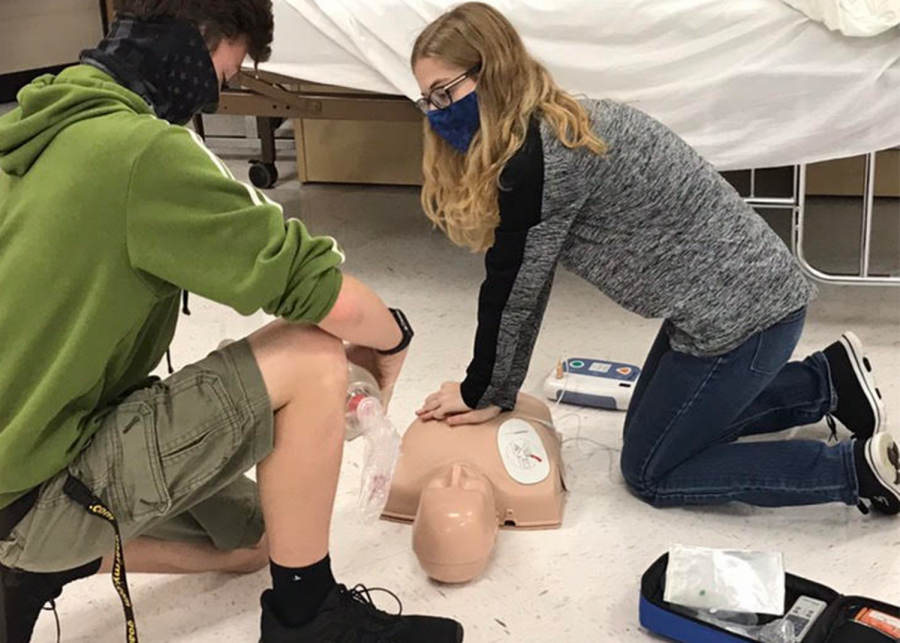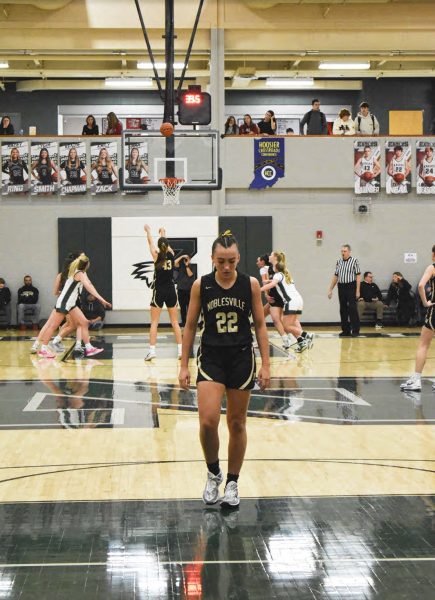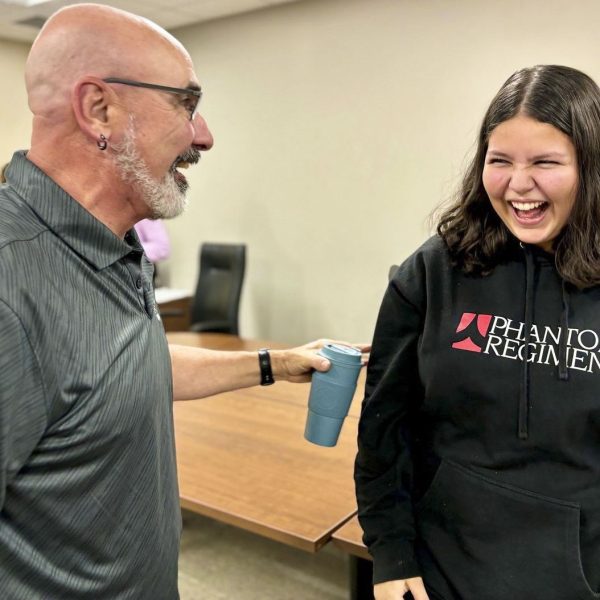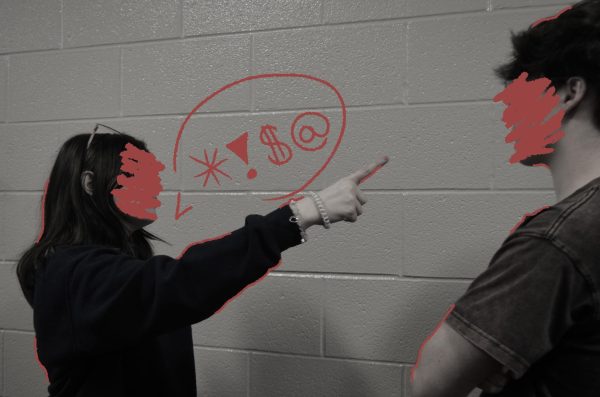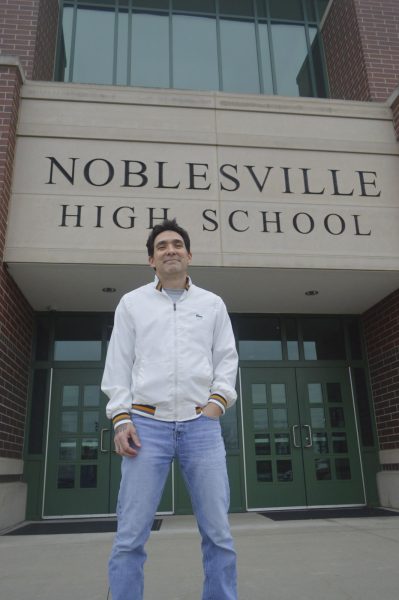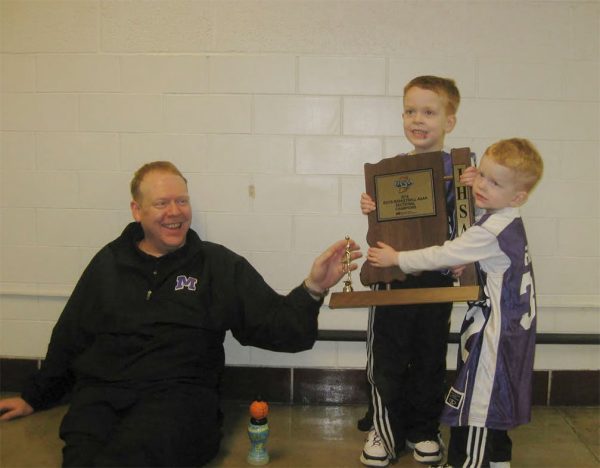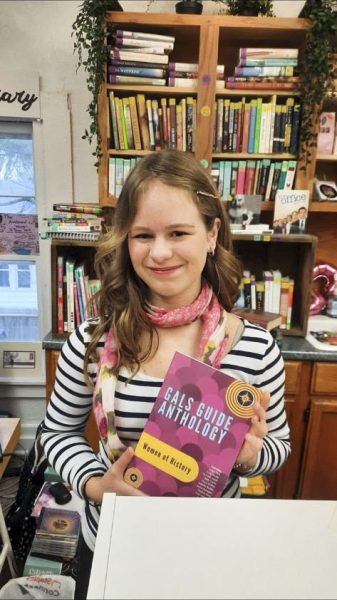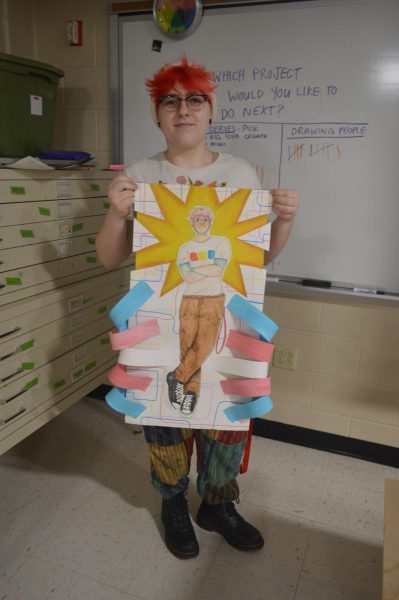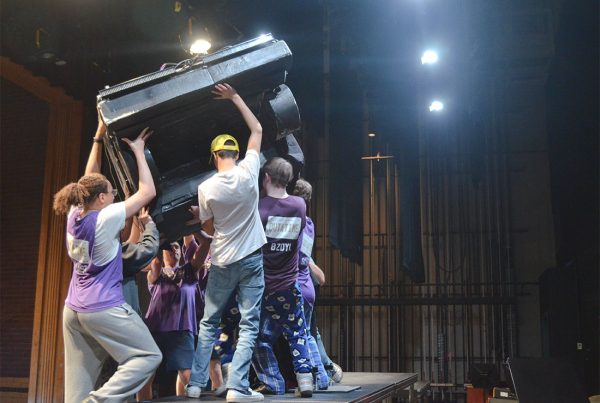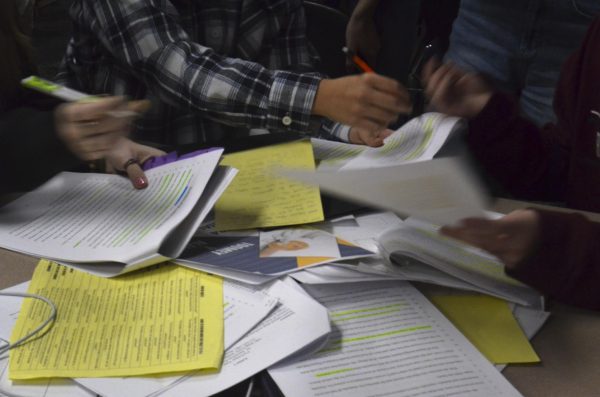Emergency medical services at NHS:
Photo by O. Jackson
Junior Porter Scott and senior Lilli Howell work on CPR dummy.
October 6, 2020
“This is fine, you’re supposed to be unconscious,” junior Porter Scott teases as he helps strap in another student onto a gurney. A medical stretcher sits in the middle of the room, and three students assemble around it in an attempt to secure the fourth with complicated straps and buckles. They practice lifting the gurney up and down mimicking a real life emergency, and the fourth student lies still, neck brace and all.
The Emergency Medical Services (EMS) class here at NHS provides students with basic medical knowledge, whether it be for their career path or just to know what to do if a medical emergency should occur.
“I always tell people, these are scary times we live in, and we’re training all of you guys to handle emergency situations,” teacher and paramedic Ryan Davis said. “You guys are out walking around, somebody’s blood sugar drops during a class or somebody has a seizure, and it’s like we have all these little mini-EMTS running around the school that know what to do so. It’s kinda awesome.”
As students in the class work towards their EMT certification, they will get hands-on learning as they are taught things like CPR, how to take blood sugar, how to handle IVs, and how to insert breathing tubes into mannequins. Before COVID, students also received two out of classroom experiences, riding on with different ambulance agencies and spending eight hours shadowing a nurse or paramedic.
“I have hospitals where patients have come in cardiac arrest and they’ve let the students do CPR and different things just to show them how real world experience happened,” Davis said.
The students say the class can be intense; they need to remember a number of life saving techniques and terminology, as well as handle the stress of a heavy workload.
“I don’t think that people who might be unmotivated or don’t have a drive should really take this class,” senior Ashley Small said. “It requires a lot of effort, but it is really a fun class.”
It’s easy for some to look past the homework load when the class itself is so unique according to the students.
“You take geometry and you think when am I ever going to use this,” Scott said. “but when you’re in this class learning how to save someone’s life, you sit there and think I could actually use this.”
The students and teacher describe EMS as a rewarding course, and students don’t necessarily need to be going into a health care industry to take it.
“I think more people should take this class, I mean it’s just a lot of basic life saving skills that can be used in any situation,” senior Lilli Howell said. “You never know when you’re going to get in an accident or a loved one is going to be injured or you’re at a football game and you just need to know basic CPR.
And for those who are looking into a medical career, which include a wide range of jobs, Davis claims that this is an amazing way to get first-hand experience.
“If you’re wanting to pursue things like a combat medic or something or some kind of healthcare industry in the military. When you come in it already bumps you ahead of some of the other people that are coming in because you’re already certified,” Davis said.
The class is also a great way to prepare for college and takes an extra step towards helping with credits.
“Our EMT class, dual credit, gives you 13 and a half college credits and a typical college student will take 16 college credits a semester, so when you take our class it’s almost an entire semester of college credits worth,” Davis said.
Juniors and seniors are eligible for the class, and must turn 16 within the semester the class is taken. This is because the certification process can not be completed until the age of 18 and the class is only good for two years.
“What a lot of people will do is they get their EMT certification or while they’re working up to it they have all the training done, they’re waiting, a lot of people will volunteer at local fire departments,” Davis said. “They can still go work on an ambulance to help other people”
Davis states that the EMS class here at NHS is helping students learn how to save lives which may be more important now more than ever.
“I always tell people, these are scary times we live in,” Davis said, “and we’re training all of you guys to handle these emergency situations.”


